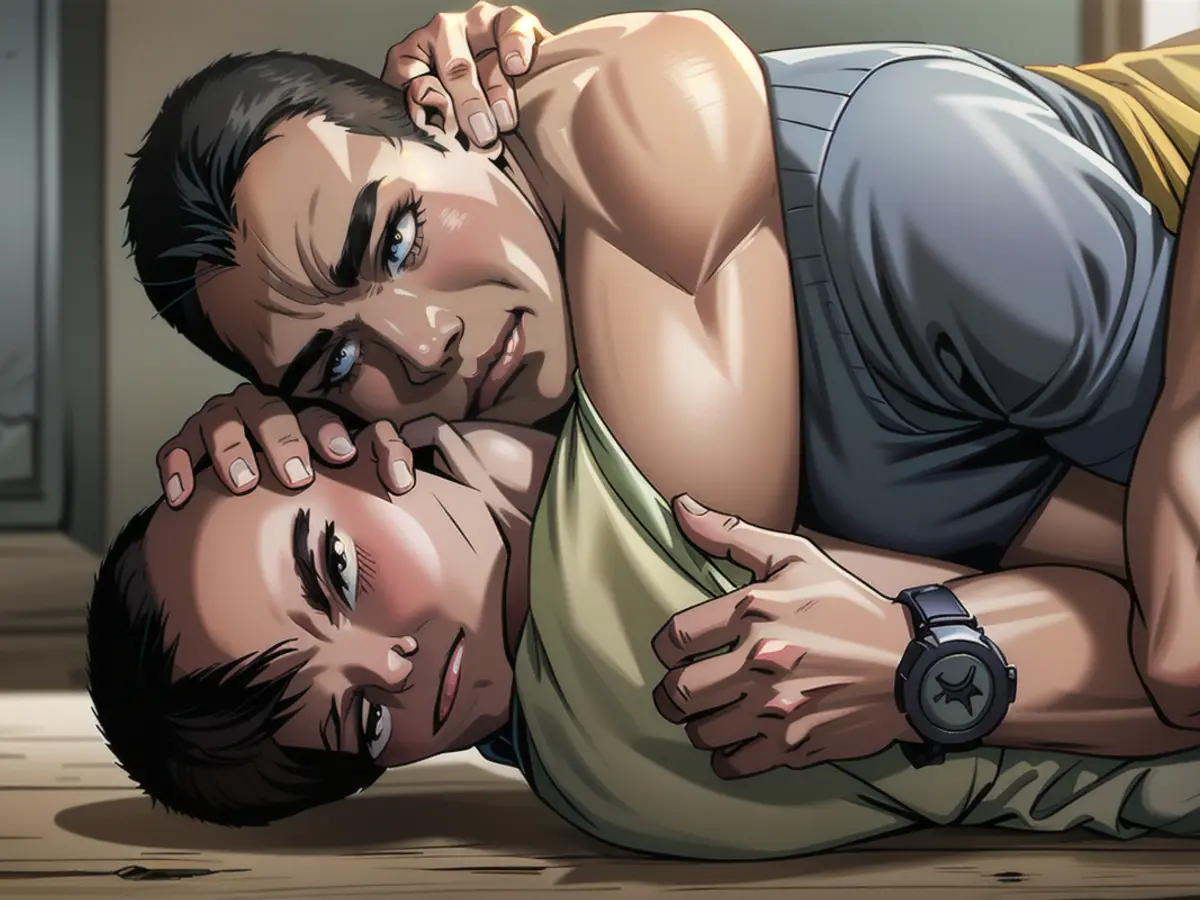A photographer documenting war captures a heartwarming bond between two soldiers.
This 2008 photo by the late British photographer, Tim Hetherington, shows a moment in Afghanistan when about 20% of all fighting was happening in a six-mile valley.
In the hours of boredom when the enemy was nowhere to be seen, the soldiers had to find ways to pass the time at their outpost in the middle of nowhere.
Sebastian Junger, a writer and journalist, explained, "These guys are tough, aggressive guys and when there wasn't any combat, they turned their aggression on each other - in a friendly way."
Junger and Hetherington shared a fascination with capturing the closeness of a platoon in war. The duo would later co-direct the Oscar-nominated documentary "Restrepo" chronicling this platoon's deployment.
In this picture, the solider at the bottom is Bobby, who Junger remembers as "incredibly funny, extremely smart." The one on top is Cortez, "a very kind boy" according to Junger, adding that he was "the prettiest boy in the platoon."
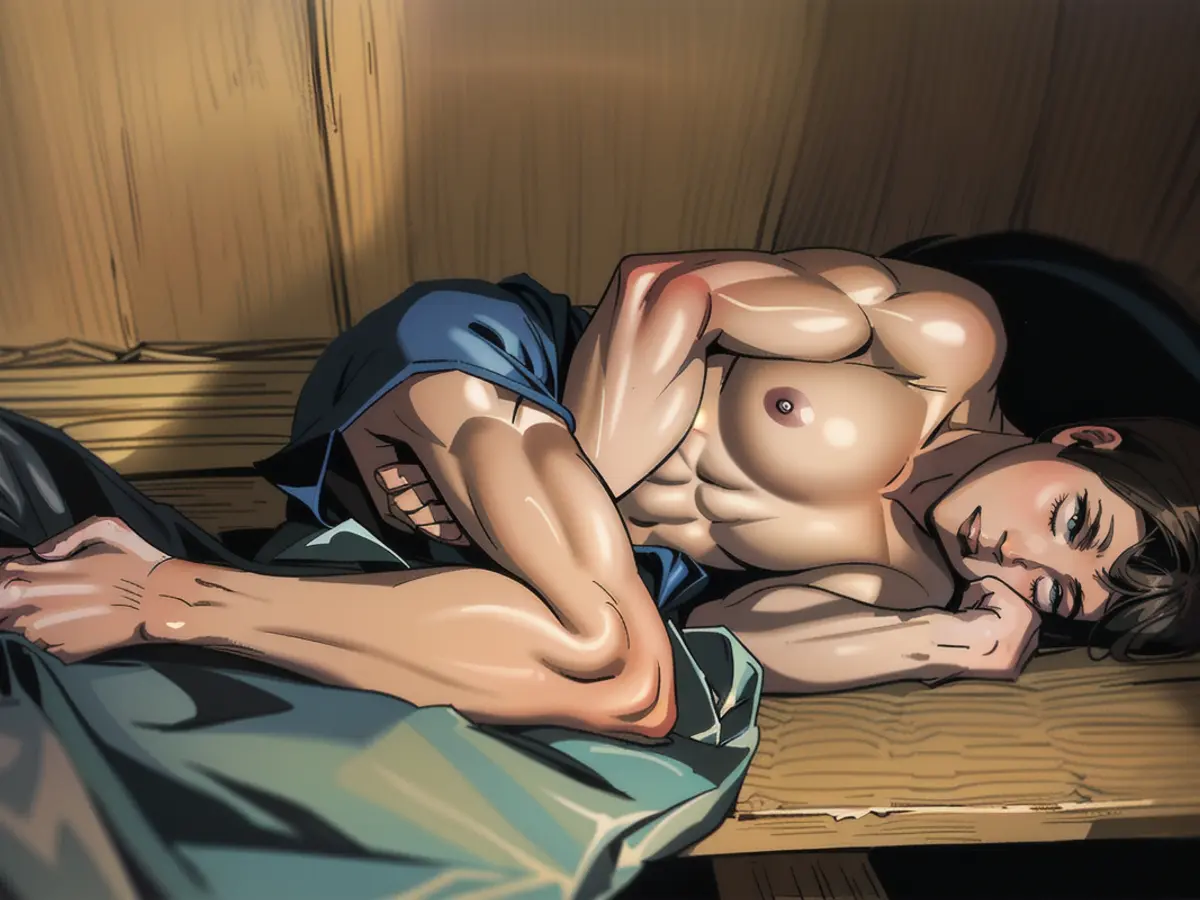
The photo is at London's Imperial War Museum (IWM), along with a selection from Hetherington's journal from that time: "In the end, it has little to do with the war, and a lot with being men... Or, in this case, becoming men."
These works are part of an exhibition titled "Storyteller: Photography by Tim Hetherington," which opened on the 13th anniversary of his death. Hetherington was killed by shrapnel while filming and photographing the Libyan Civil War in April 2011.
Junger agrees with his friend's thoughts. "One of the things that place is really good at is turning boys into men. And I think that's always been true of war."
Young men at war
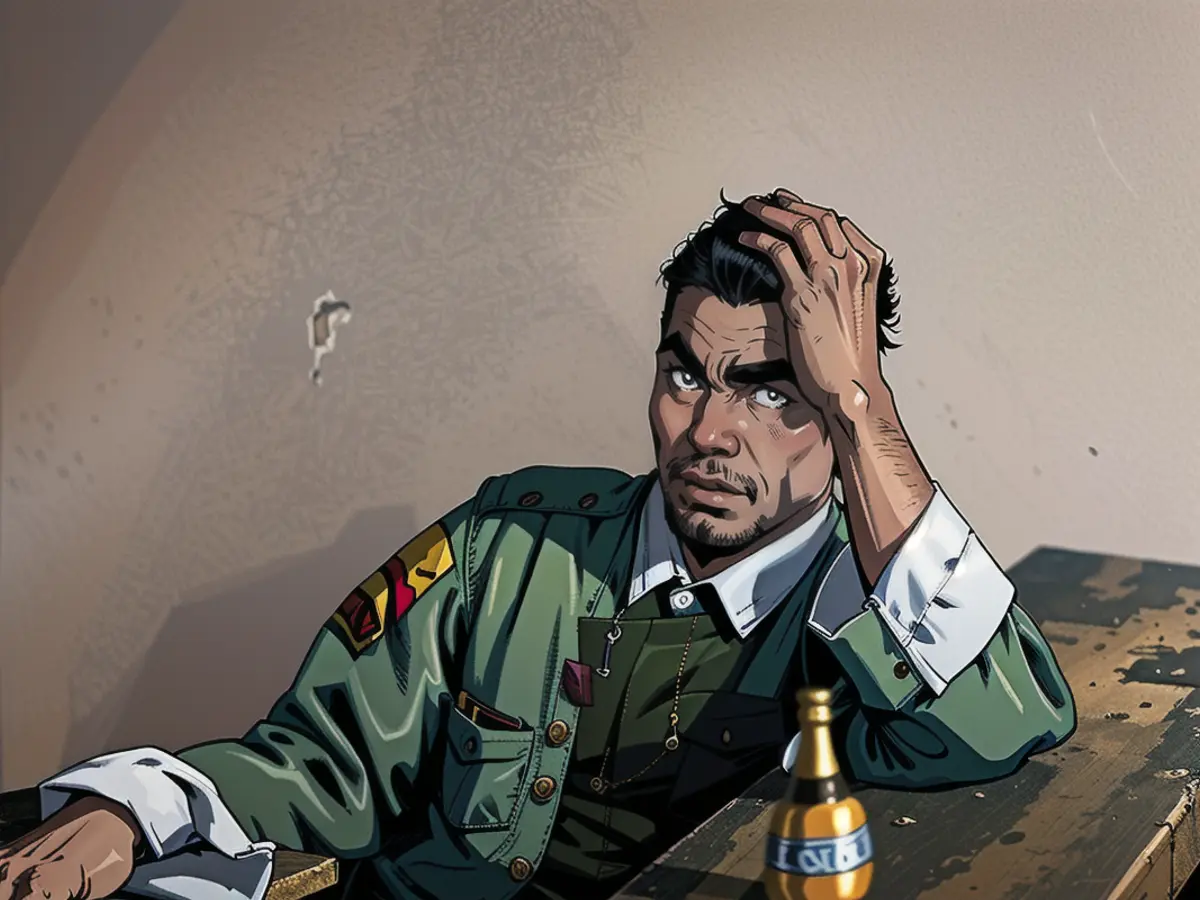
"The experience of war was the only chance men had in our society to express unconditional love for each other" was something Hetherington often repeated, according to his friends. He learned it from James Brabazon while waiting with Liberian rebel forces about to attack Monrovia in 2003. This was Hetherington's first time in a war zone.
Brabazon heard it from his grandfather, a British soldier during WWII. "Tim really took it to heart," Brabazon said in an interview with CNN. "Tim was very interested in how young men relate to one another, how they represent each other, where these representations came from, how they're amplified, and how they're perpetuated - especially in conflict."
In the middle of nowhere, these bonds captivated Hetherington more than the actual fighting.
"I became much more interested in the relationships between the soldiers and my relationship with them, than I was in the fighting," Hetherington wrote in the exhibition. "My exploration of young men and violence, or young men... It's as much a journey about my own identity as it is about these young soldiers."
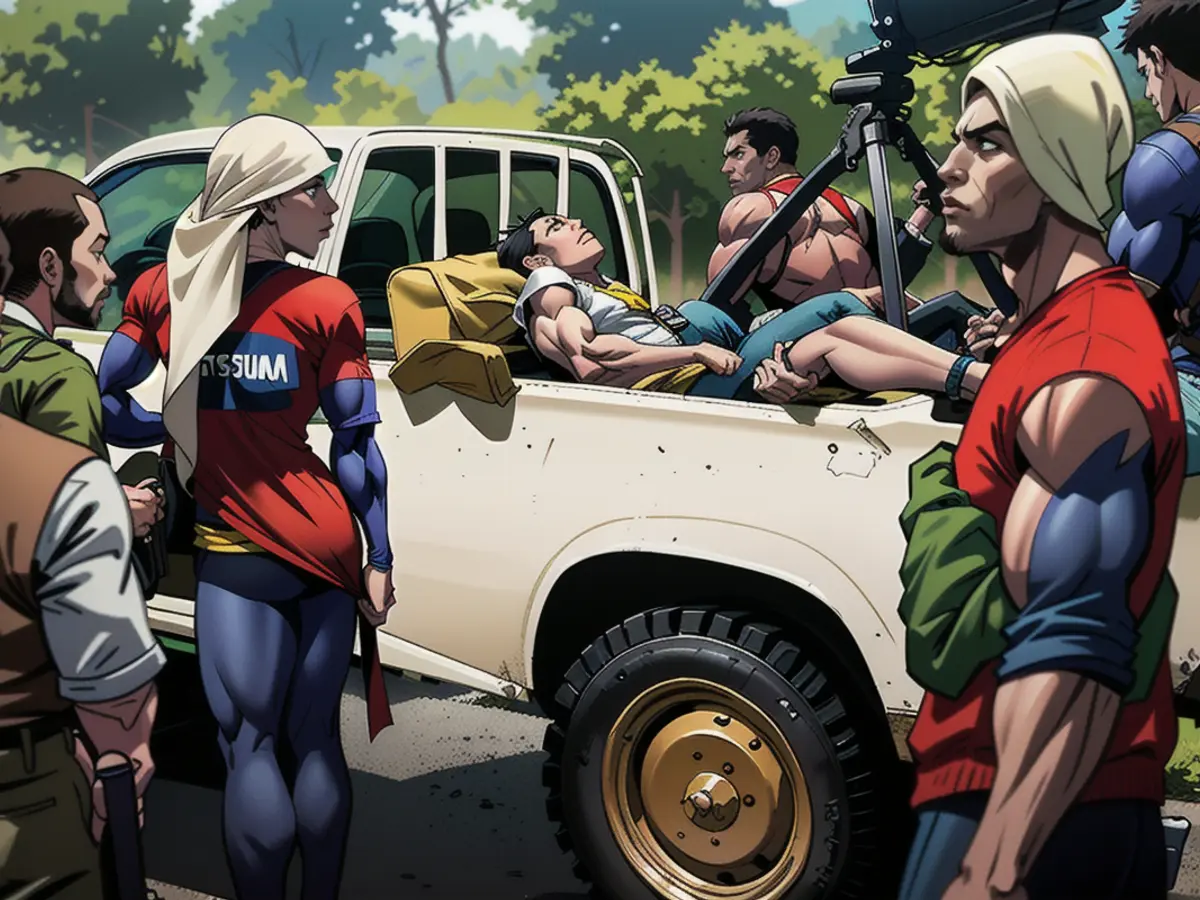
After spending a year in the Korengal, Hetherington created a photography book called "Infidel," consisting of pictures taken during his stay with comments from him and the soldiers he was with.
One remark is from Cortez, the subject of the photo, who wrote: "I told them time and time again that if a grenade went off, I would actually throw myself on the grenade... Because I actually love my brothers. I mean, it's a brotherhood... I think any of them would do it for me also."
'It's really important that this work happened'
The IWM, which has the whole of Hetherington's collection, worked with researchers and different groups to see how they related to conflict photography. Greg Brockett, who curated the exhibition, wondered how refugee communities would react to his work.
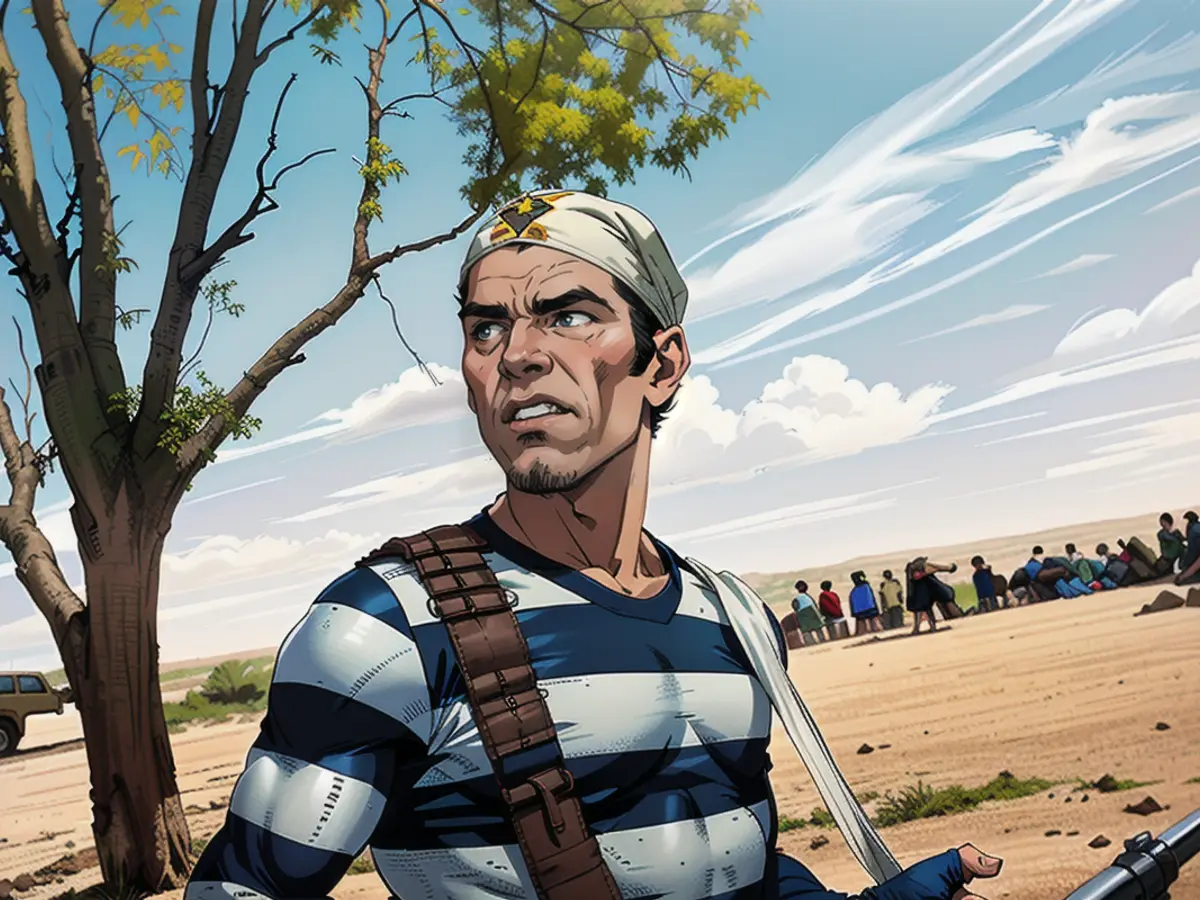
"It's really difficult to say how people will respond... Since many of them have experienced war and violence firsthand," Brockett told CNN over a video interview. "What stood out to me was that there was generally an overwhelming feeling that this work had to happen, and that people could see reflections of their own experiences."
Stephen Mayes, Executive Director of the Tim Hetherington Trust, believes it's more about what people take away from Hetherington's work. "I'm not so concerned with people understanding Tim. I'm more concerned with people taking inspiration from Tim."
Hetherington distinguished himself from other conflict photographers through his approach, staying with his subjects for long periods and even using film cameras.
"He wasn't interested in photography just for the sake of it. He was interested in how photography could let him get to know others better," stressed Brabazon.
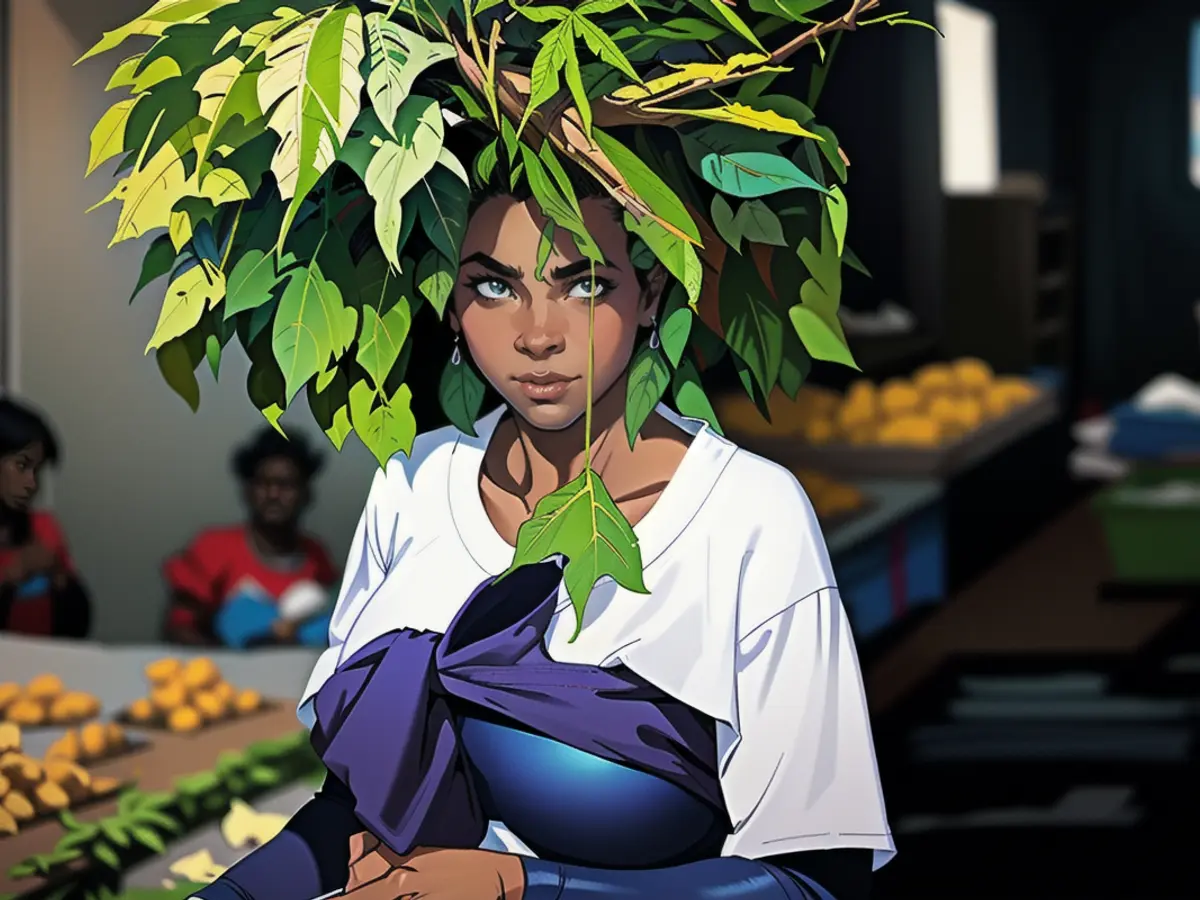
In the art of photography, Hetherington pondered over its potential to be exploitative. As Brabazon recounts, Hetherington desired a mutual and beneficial exchange through his street photography in Liberia. He would snap a photo, retain one Polaroid for himself, and give another to his subject.
This process was essential as it allowed people to own a part of the created art. "[It's] about extending the courtesy of participation in the creation of the work to the subject themselves."
Friends of Hetherington lament his untimely demise in Libya, equating his loss not just for his noteworthy photographs but also for his unique perspective on photographing conflicts.
Mayes expressed the age-old belief that every picture we take steals a small piece of the subject's soul. "Hetherington thought of this trade-off; the price he paid in making each photograph had a bit of him permanently imprinted within its frames."
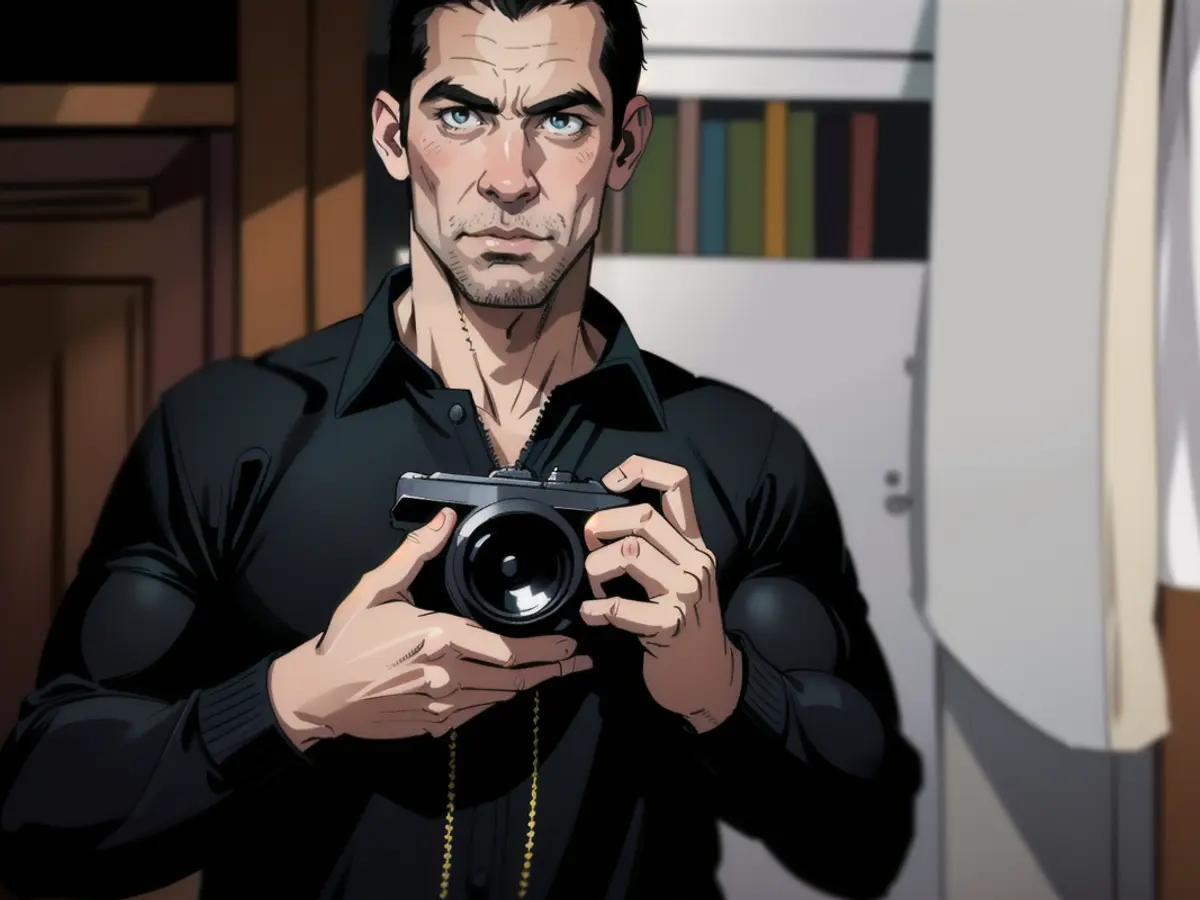
Remarkably, what Hetherington wanted his work to achieve remains a mystery. "We'll probably never know for sure what Hetherington aspired as the result of his work, given that he was still figuring it out for himself when he passed away," Brabazon shared.
In his final diary entry dated April 19, 2011, he described attending the funeral of a rebel fighter who'd perished from a mortar strike. He observed the young men gathered around: "They're appreciative that we're here, they're happy about it, and they feel visible to the world."
"Tim Hetherington: Storyteller" showcases his photography masterpieces at London's Imperial War Museum until September 29.
Read also:
- Caught up in the present: the end of "The Crown"
- Through New Year's Eve with TV shows
- What's next for the series hits?
- Which shows will be on?
- The photography exhibition "Storyteller: Photography by Tim Hetherington" showcases a wide range of his works, including photos that capture the unique bond between soldiers during war, highlighting their friendship and camaraderie through style and expression.
- Brabazon, a friend of Hetherington, explained that the photographer was fascinated by how young men relate to each other during conflict and how these relationships shape their identities. He aimed to use photography as a means to understand and connect with his subjects, blurring the lines between photographer and subject by sharing the art of photography with his subjects.
Source: edition.cnn.com
